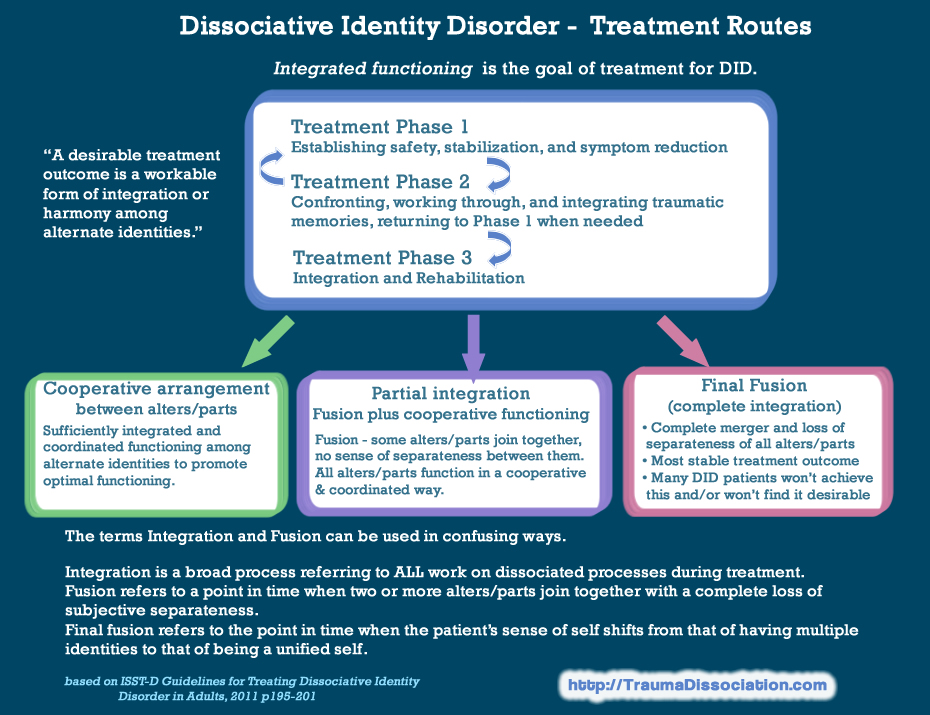Finding Balance: Is Time Restricted Eating Healthy?
Going from post-work meetings straight to dinner after a long, tiring day is an all too familiar feeling for far too many of us. How can we make sure we’re getting in our daily nutrition while still making the most of our time? Time Restricted Eating is a diet plan centered around the concept of cutting down your daily eating window and fitting in meals within that timeline. But is it really healthy? Let’s take a closer look at the science behind 
1. What is Time Restricted Eating?
Time restricted eating (TRE) is an eating plan that focuses on what time of day and when you eat, aiming to make sure you give your body enough time to process and digest the food you eat. In TRE, you have to eat all the meals, snacks and drinks you’re consuming within a specific time-frame or window – usually 8 to 10 hours.
The idea is that eating within a specific window helps the body regulate its energy, digestion, metabolism, and hunger hormones. By only consuming calories for a specific time period and giving the body a “resting period” of fasting, TRE plans allow the body to maintain a healthy weight, reduce health risks and also boost productivity by using controlled consumption times and more relaxed “off times”.
- TRE helps with long-term weight control.
- It reduces health risks by controlling and limiting calorie consumption.
- It boosts productivity and makes it easier for you to manage energy levels.

2. Exploring Potential Health Benefits of TRE
There are a number of potential health benefits of TRE, such as improved physical and mental well-being, enhanced stress coping mechanisms, and improved sleep. TRE sessions involve physical exercises that can help you develop improved overall body awareness.
TRE helps to alleviate stress by releasing deep muscular tension in the body and simultaneously stimulating your natural ability to let go, relax, and be centered. Stimulating the myofascial tissues in the body may lead to a reduction in pain and discomfort, while accessing inner resources may lead to improved mindfulness and greater self-awareness. Additionally, regular practice of TRE may provide improved self-regulation and support a sense of equilibrium.
- Improved stress coping mechanisms.
- Increased body awareness.
- Reduced physical pain and discomfort.
- Enhanced self-regulation.
3. Addressing Misconceptions and Negative Outcomes
With any major change, comes some degree of fear and doubt. Unfortunately, this is true when it comes to implementing new ways of doing something or introducing new concepts. If we want to have successful new initiatives, it’s essential to recognize and address potential misperceptions or concerns that could weigh us down.
We can start by understanding potential negative outcomes, so we can actively work to avoid or mitigate them. To do that, we must have open communication and transparency about the proposed changes and what this may mean for those involved. For example, when introducing a new technology, employees may worry about job security, so creating awareness about how this technology will impact job roles can help address those concerns.
- Acknowledge fears – It’s important to recognize any doubts that may arise about new changes and accept that it’s a natural part of progress.
- Be Ambitious – Use a creative approach to visualize what opportunities, long-term impacts, and successes can come from introducing new concepts.
- Be Descriptive – detail how the new initiatives will be of benefit and how it will fit into the current working environment.
4. Crafting a Personal Time Restricted Eating Plan
Time-restricted eating is an effective tool to help you hit your nutrition goals. One of the most convenient ways to manage your energy balance is by controlling when and how much you eat. With the right strategy, this mindful eating approach can jump-start your weight-loss journey and provide the guidance you need to stay focused.
If you’re thinking of giving time-restricted eating a go for yourself, here’s some pointers that will help you devise a plan that is tailored to your needs:
- Work Out Your Optimal Planning Window: The first step is to work out a timeframe that will work with your lifestyle and preferences. To get the best metabolic benefits you should aim for a 12-hour or less eating window to achieve the fasting state.
- Desired Meals and Nutritional Balance: Once you’ve locked in your time frame, you should figure out your desired meals and the right nutritional balance. It’s important to prioritize total calorie intake, rather than planning meals.
- Adjustment Strategies: Stay disciplined and adjust your food choices accordingly. When hunger pangs strike, snack on *garbage-free* treats. Optimize healthy eating habits to fuel your body with the beneficial macronutrients.
- Take Rest Days: Set aside one or two days each week where you’re not stuck to a strict routine. This is great for fasting, as well as mental wellbeing.
As long as you take the time to plan your meals, and adjust your diet accordingly, you’ll be well on your way to achieving your health and fitness goals. So take the plunge and make time-restricted eating your winning strategy today!
5. Seeking Support on Your Journey to Balance
Remind yourself you are not alone. In life’s tedious cycles of balancing work, family, relationships, and health, it is easy to forget that you don’t have to navigate it all alone. There are many ways available to help you stay on track and empower you to take on the challenge of keeping your well-being in check.
- Find someone to work out with.
Working out and getting regular exercise are essential for physical and mental health. It can be difficult to stay motivated to stay active on your own. By finding a partner to exercise with, you will have shared motivation, can keep each other accountable, and explore each other’s ideas and interests.
- Seek out counseling or therapy.
Counseling and therapy can be powerful tools to face the challenges that come up in life. Whether it is individual, couples, or family therapy, it is valuable to have a professional to turn to for help and guidance.
- Talk to your closest friends and family.
It is important to remember to lean on people in your life who can offer you support and understanding. Be honest and vulnerable with them about the struggles you are going through and how you are feeling. You might be surprised by how much help they are able to give!
- Surround yourself with supportive communities.
There are many groups that offer support to those on their journey to balancing their lives. Seek out like-minded people on social media and pursue local meet-ups or classes to find support and advice for achieving balance.
Asked Questions
Q: What is time-restricted eating?
A: Time-restricted eating is an eating plan in which meals and snacks are eaten within a certain time window or within a certain number of hours during the day. For example, a person may choose to eat only between the hours of 7am and 7pm. This restricted time frame encourages mindful eating and restricts food intake which can help promote weight loss, improved health, and improved mental clarity.
Q: Is time-restricted eating healthy?
A: Time-restricted eating is associated with a wide range of health benefits. Studies have shown that it can help reduce body weight and abdominal fat, improve metabolic health, and reduce insulin resistance, risk of type 2 diabetes, and heart disease risk. Additionally, it can lead to an increased production of growth hormones, improved sleep quality, and improved mood.
Q: How do you get started on a time-restricted eating plan?
A: Start by picking a time window for eating. For example, you might choose to only eat between the hours of 8am and 8pm. Once your eating window has been established, you can plan your meals and snacks accordingly to ensure that you’re consuming the necessary nutrients to maintain a healthy diet. Additionally, it’s important to practice mindful eating in order to fully benefit from this lifestyle.
Q: Are there any risks associated with time-restricted eating?
A: While time-restricted eating has many potential health benefits, it is important to note that superior health outcomes may depend on proper nutrition, one’s personal health and lifestyle, and other factors. Like other diets, time-restricted eating may not be suitable for certain individuals. It’s important to discuss any potential diet modifications with a health care provider prior to beginning a plan.
We now know that time restricted eating could be a beneficial practice in maintaining a healthy lifestyle. If you’re looking for a way to find balance and add enjoyment to your meals, time restricted eating might just be the answer. So here’s to a happy and healthier you!


